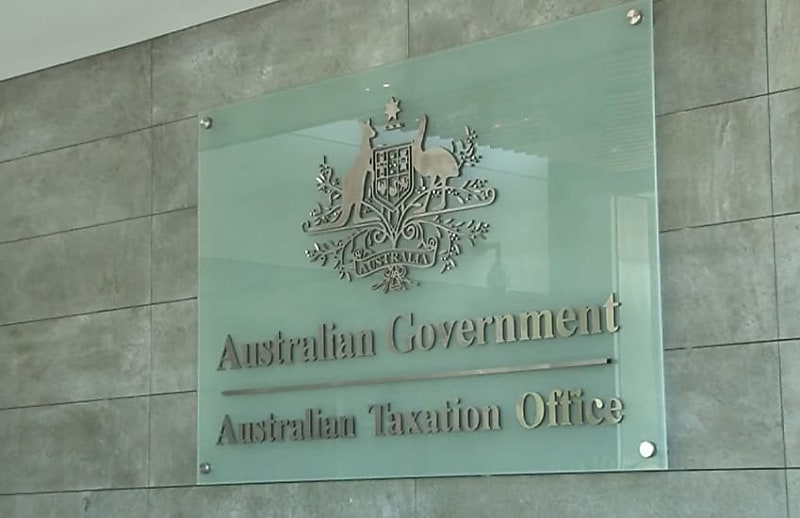The office outlines strict rules over which depreciating assets can be claimed.
26 June 2024
New Broker Academy 2024
The Adviser’s New Broker Academy is designed to equip new-to-industry and prospective brokers with the tools needed...
KNOW MOREThe office outlines strict rules over which depreciating assets can be claimed.

The ATO has warned tax agents and accountants to be clear about what clients can claim when it comes to second-hand depreciating assets for residential rental properties.
It said in most cases these assets were either items existing in a property when the client made the purchase or were in a client’s private residence that was later rented out.
These items could include flooring, window coverings, air conditioners, washing machines and even spas.
Since 1 July 2017 individuals have not been able to claim the decline in value of second-hand depreciating assets unless the property was used for continuing a business, such as a hotel.
The ATO defined second-hand depreciating assets as those previously installed and ready for use or used:
The office said that the rules regarding deductions for the decline of value for second-hand depreciating assets were to prevent multiple individuals from claiming deductions on the same item over its life.
Some caveats did exist, with newly built or substantially renovated properties able to claim a deduction for a decline in value of a depreciating asset in the property if:
To decide on the issue, the ATO said tax agents and accountants should ask their clients:
To determine the amount of the deduction for the decline in value of a depreciating asset, agents and accountants could either use the prime cost or diminishing value method.
The diminishing value method assumes the decline in value each year was a constant amount of the remaining value and therefore would reduce to a smaller value over time.
The prime cost method accepts that the value of a depreciating asset decreases uniformly over its effective life.
The effective life of an asset could either be determined by the client or the Commissioner of Taxation, which issues yearly rulings on the issue.